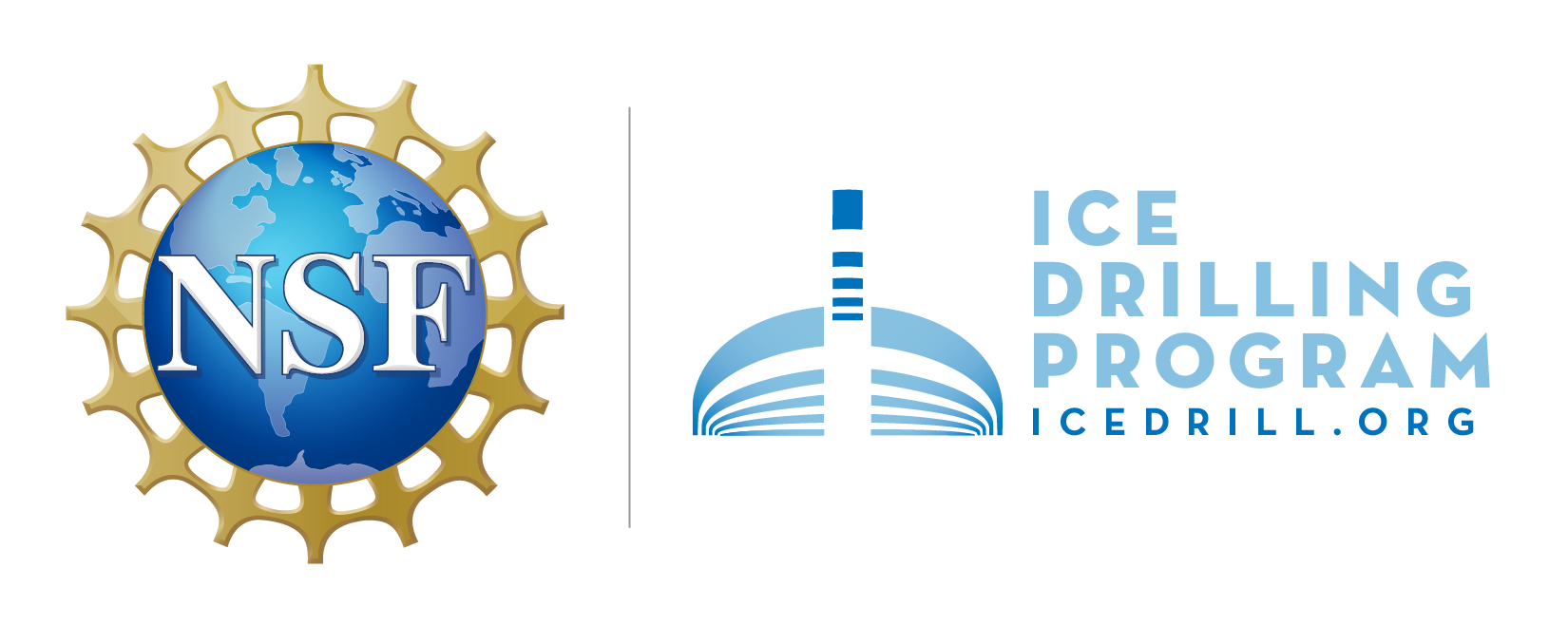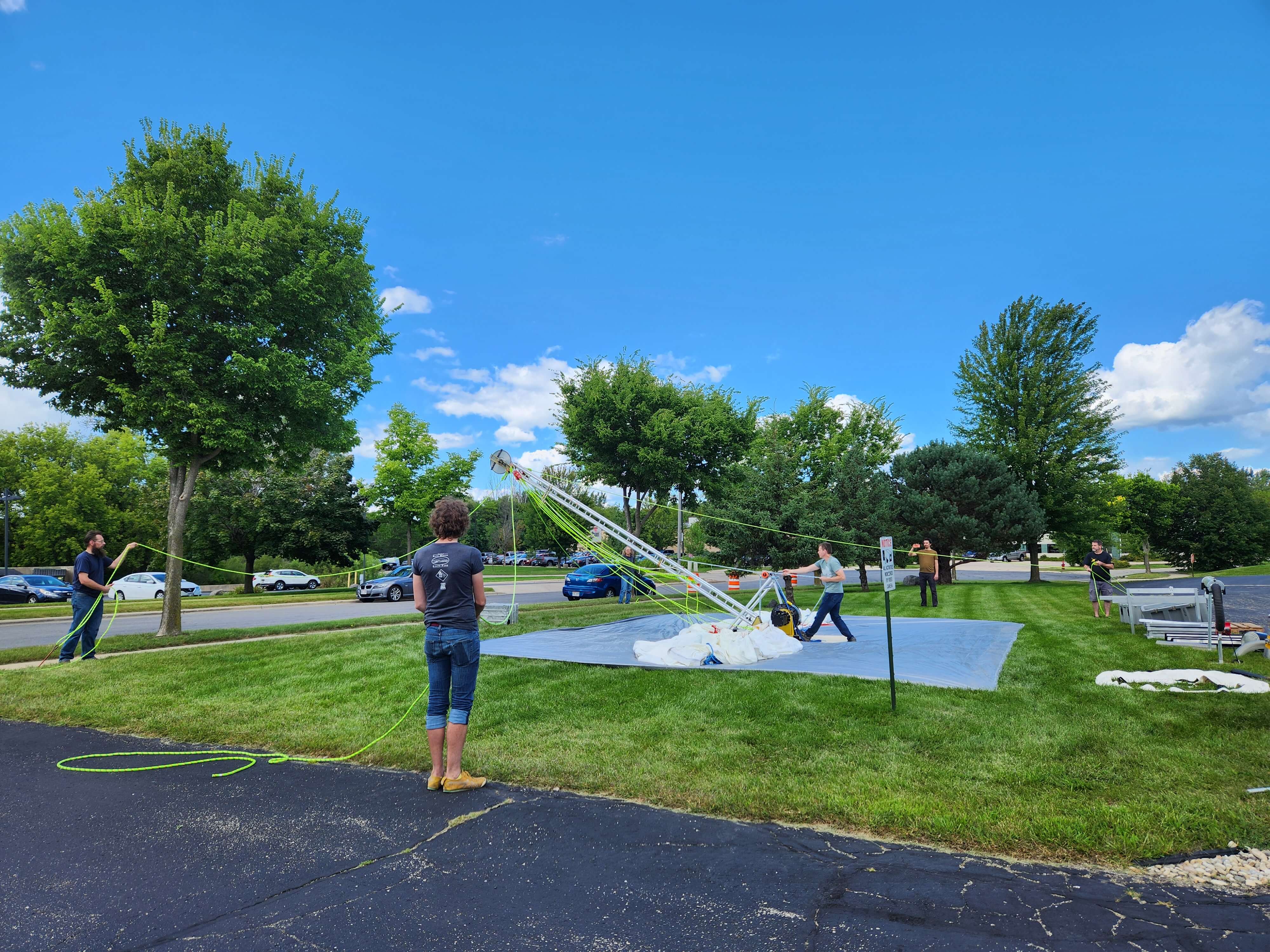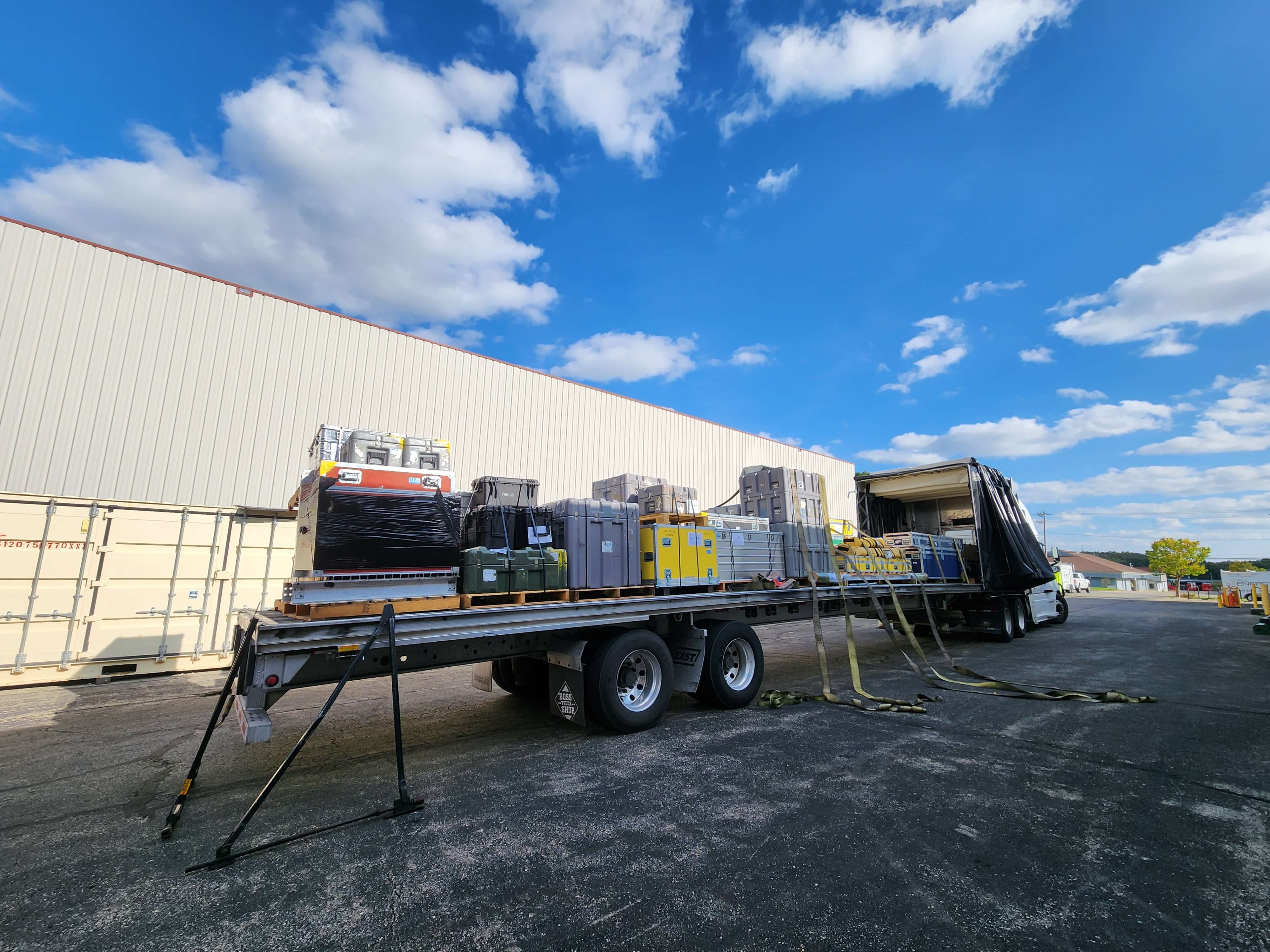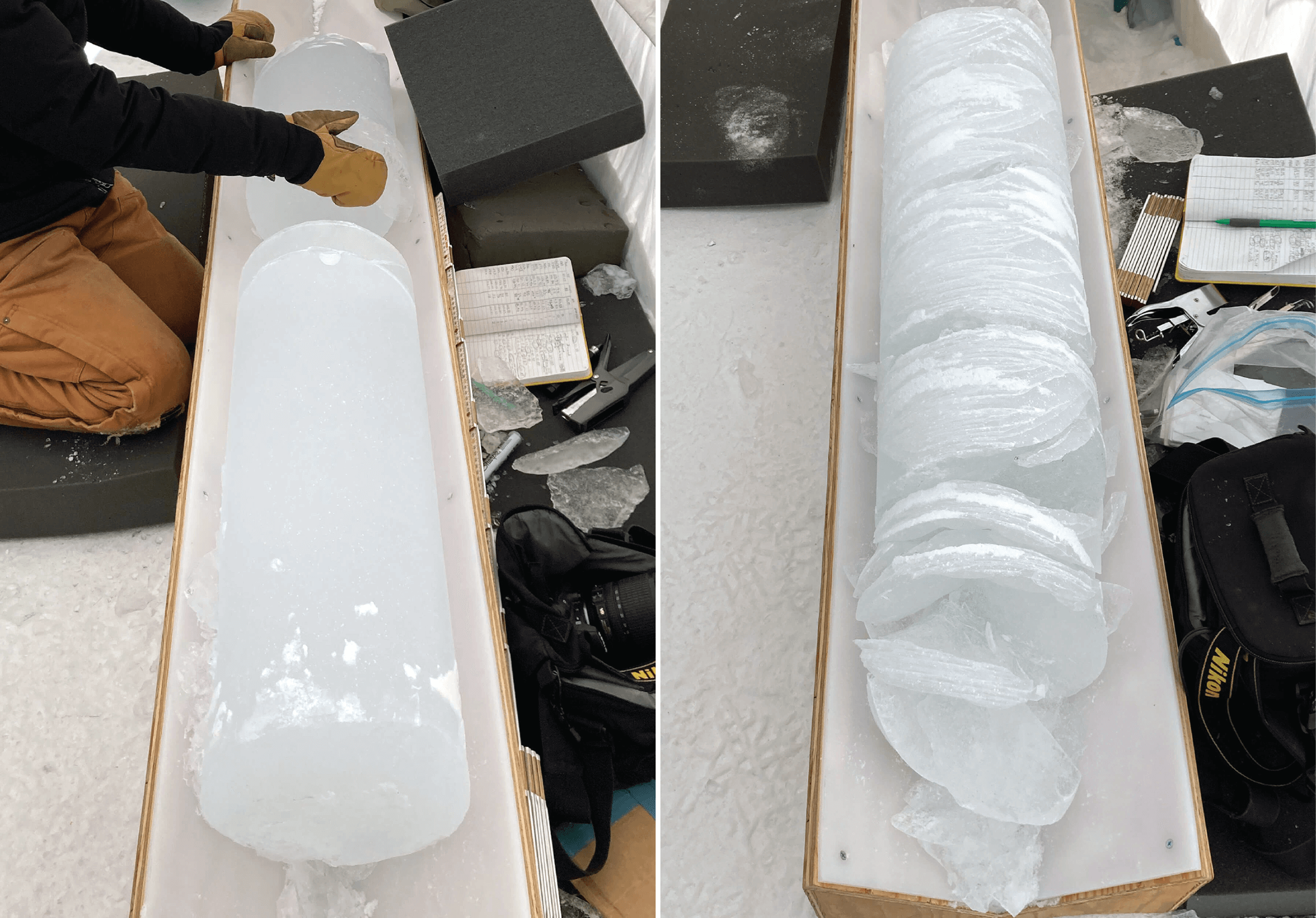Over the summer, the IDP team worked to repair and maintain several drill systems, many of which will be deployed during the upcoming 2025/26 Antarctic field season. A penetration drive and a load cell were added to the Blue Ice Drill to provide the operators with finer control and more feedback, and a new steel core barrel was fabricated, along with large quantities of carbide cutter inserts. These modifications are an effort to improve core quality in the challenging ice conditions encountered at Allan Hills and beyond. The team also worked to develop the Shallow Wet Drill, which is not a new, standalone drill per se, but features the combining of several components from existing drills in inventory (e.g. Foro 400 anti-torque sections, Foro 1650 motor sections, 700 Drill winch/tower/tent, etc.) with new core barrel components to assemble a drill for testing shallow wet drilling operations at Allan Hills. IDP also designed and is fabricating several tower lifting fixtures to increase safety during the field operation of raising drill towers. IDP anticipates deploying 8 team members for the upcoming field season. In early September, 26 pallets and 16,000+ pounds of equipment departed Madison for Port Hueneme, CA, where it will travel to either Christchurch, New Zealand, or Punta Arenas, Chile, via ship.
Blue Ice Drill
IDP Gears Up for the Antarctic Season
Blue Ice Core Quality Feasibility Study
Drilling in ice without the use of a borehole fluid can be achieved to depths of 300-350 meters before risking borehole closure. However, the ice cores extracted from depths exceeding 150-180 meters often exhibit very poor core quality. IDP has largely found this to be true, except when drilling at the Allan Hills in Antarctica, a Blue Ice Area (BIA), where core quality deteriorates at depths as shallow as 50 meters. The exact reasons for this deterioration in core quality at shallower depths in BIAs compared to non-BIAs are not fully understood.
In IDP’s 2024 Long Range Science Plan, IDP was tasked with conducting an engineering feasibility study to evaluate and recommend long-term drilling approaches for retrieving high-quality ice cores down to a depth of 400 meters in BIAs. In a new report, IDP outlines several solutions proposed to improve core quality in BIAs, along with the advantages and disadvantages of each. The report also discusses how core quality is defined, the past performance of IDP’s shallow drills, and lessons learned from drilling in non-BIAs. For more information, read the Blue Ice Core Quality Feasibility Study.



